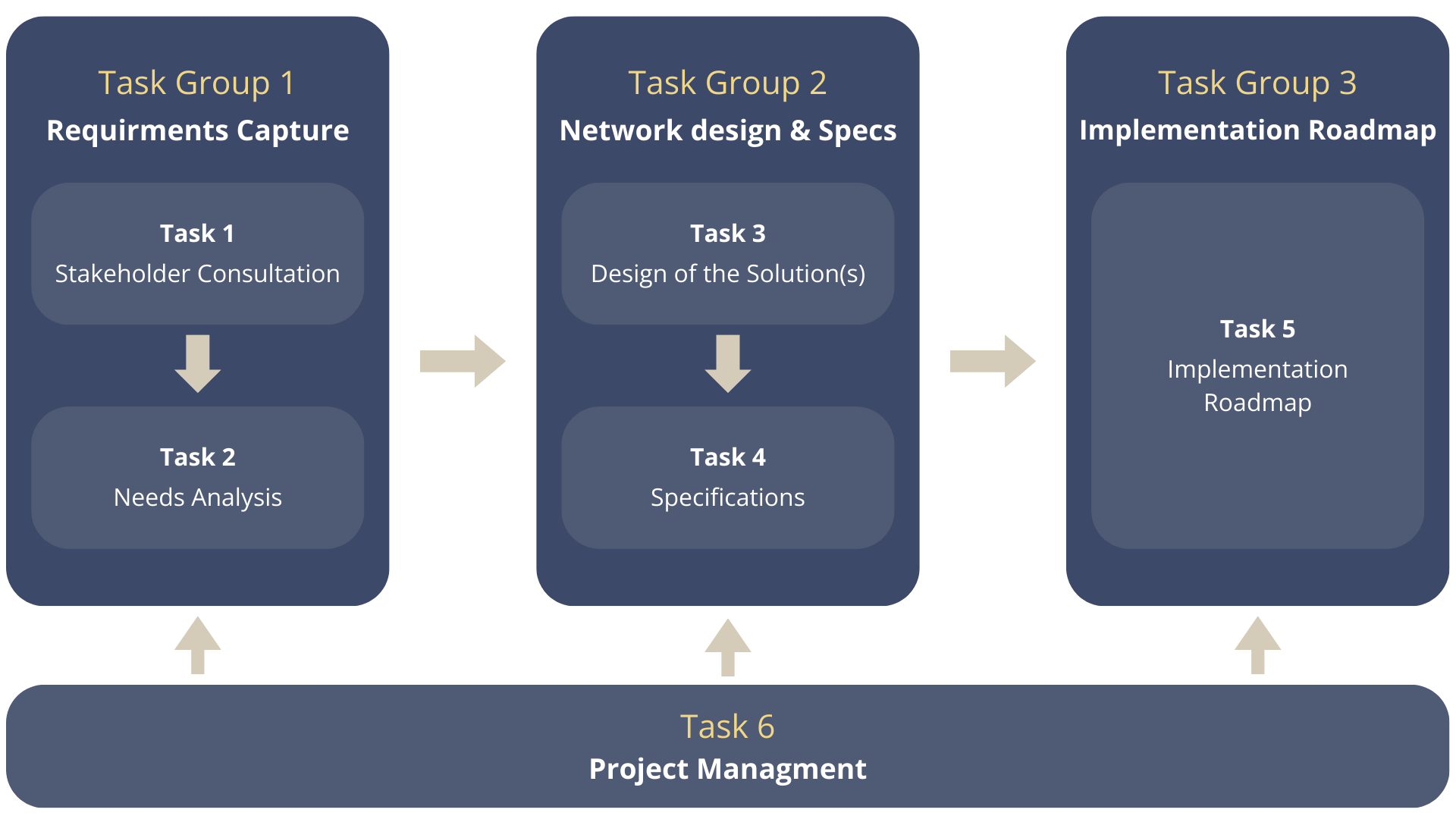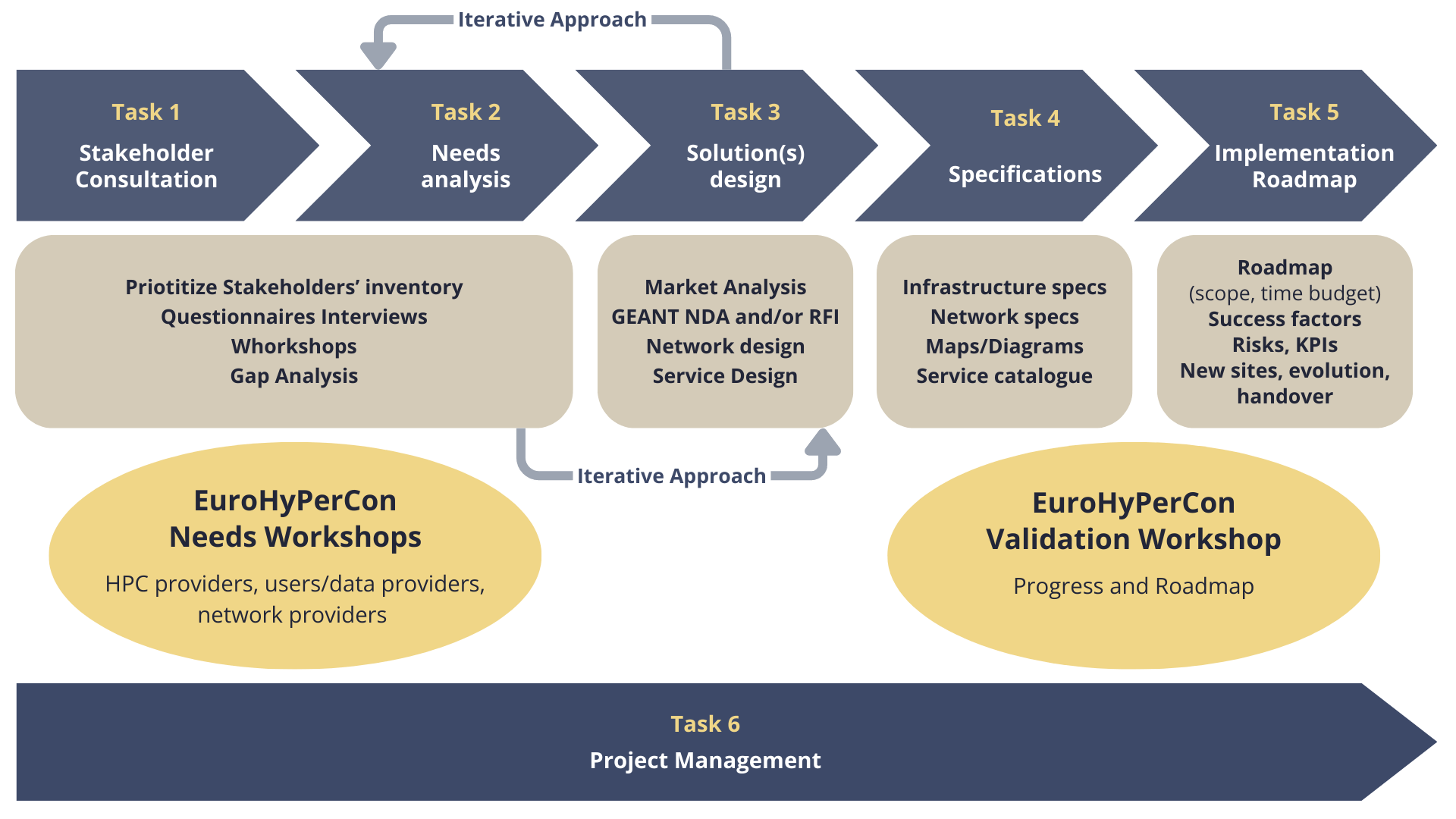Over the past 5 years, the EuroHPC Joint Undertaking (EuroHPC JU) has made significant investments in developing, deploying, and sustaining a world-class integrated supercomputing and data infrastructure in Europe, composed of a series of national and multinational High-Performance Computing (HPC) systems.
The objective is to create both a hyper-connected, federated, and secure HPC and quantum computing service and data infrastructure ecosystem. The ultimate aim of this highly competitive and innovative federated HPC infrastructure and associated ecosystem is to put Europe at the forefront of the world, capable of helping both science and industry address major scientific and economic challenges, including global challenges such as climate change, earthquakes, and pandemics.
In this way, EuroHPC will foster world-class scientific excellence and industrial innovation driven by European leadership underpinned by ubiquitous, trusted, secure and easy access to production-quality HPC and quantum computation services and data, supported by a secure communication and collaboration environment.

In parallel, the pan-European research and education network GÉANT has continuously provided high-speed connectivity services over the past 25 years, interconnecting the National Research and Education Networks (NRENs)—or in some cases regional networks— in Europe and beyond.
GÉANT has Points of Presence (PoPs) inside the NREN countries, while the NRENs have corresponding backbone and access networks in their respective countries that interconnect research, academic and other public institutions and act as national connectivity providers for research, academia, and innovation.
The solution for HPC hyper-connectivity services proposed in the study must leverage the GÉANT and NRENs networks and take into account the complementary connectivity of European activities, including the ongoing Framework Partnership Agreement for Research and Education Networks (GN5-FPA) and related specific grant agreements.

The main scope of the EuroHyPerCon project is to identify and analyse the connectivity requirements of the EuroHPC ecosystem, and subsequently specify a future-proof connectivity service, along with its implementation roadmap.
A proper requirements analysis is therefore foreseen, adopting an agile approach with short feedback cycles, engaging three main categories of stakeholders, namely HPC providers, large-scale HPC users/data providers and network providers.
Providers include the EuroHPC systems themselves, along with other major national or regional HPC/data centres across Europe. In terms of users, a set of important stakeholders has been identified in the technical specifications of the tender, including large-scale thematic projects and flagships such as Destination Earth (DestinE) and the Human Brain Project (HBP), or other horizontal e-Infrastructures and Research Infrastructures (RIs), such as the thematic RIs from the European Strategy Forum on RIs (ESFRI) or non-ESFRI ones. The latter are important data providers, which can be serviced by the EuroHPC systems.
Related stakeholders already identified are the generic (horizontal) European Open Science Cloud (EOSC) and the thematic (vertical) European Common Data Spaces. The hyper-connectivity requirements will consider the necessary compatibility and interoperability with all these efforts. A series of workshops with the identified stakeholders and an open call for contributions for other interested stakeholders are proposed to integrate their requirements. The study also proposes a questionnaire for the three broad categories (HPC providers, users/data centres and network providers), which will be complemented by interviews.
The aim of the EuroHyPerCon study is therefore to provide a sound and coherent framework for the exhaustive and inclusive study and analysis of requirements that is future-proof and extends beyond 2030.
This will consider key technological developments and trends such as Artificial Intelligence (AI), high-performance data analytics (HPDA), cybersecurity and quantum communications/computing, along with related threats such as cyberattacks and other security risks.
The framework will be reflected in an appropriate database that will capture all stakeholders and their respective requirements following the questionnaires, the feedback workshops on the questionnaires, and their responses, which will be complemented by relevant interviews.

The first fast cycle of requirements gathering will provide the input for the proposed dimensioning and design of the network. The dimensioning will start with a state-of-the-art review and analysis of the current situation in major network and service providers, GÉANT, NRENs and regional networks, and identify potential gaps.
One of the major challenges is that the network of major network providers as well the one of GÉANT terminates at the border with the NREN network, while the HPC and data centres (or thematic RIs/instruments) are in several cases located inside the NREN or regional networks and have significant reach within these networks. Therefore, a major challenge is that end-to-end connectivity may not be provided through one provider (major network provider and/or GÉANT) alone.
The analysis will be performed on the database developed in the requirements capture phase and the proposed alternative solutions will depend on the detailed analysis of all requirements. The design of the solution will include the network architecture and the possible implementations, along with the proposed cost for the network capacity and related equipment.

Based on the feedback from the contracting authority, the EuroHyPerCon consortium will proceed with the detailed specifications of the selected network solution covering all nodes indicated in the database, i.e. all HPC/data centre nodes and user/data provider nodes.
Examples of envisaged solutions include (i) Expanding the GÉANT/NREN/regional networks infrastructure to cater for the EuroHPC needs; (ii) An overlay network using expanded GÉANT/NREN/regional infrastructure to cater for the EuroHPC needs; (iii) A separate from GÉANT/NREN network via the use of network connectivity providers; and (iv) A mix of 2 and 3, i.e. GÉANT and/or NREN/regional networks and other connectivity providers.
EuroHyPerCon identifies that a complex network as the one under discussion will not be able to be implemented in one phase and needs to be planned accordingly. For this reason, part of our study will also include a staged network implementation roadmap over time, taking into account the scope and priorities of the EuroHPC strategy as well as possible financing options and financial instruments.
The roadmap will foresee a progressive approach for the implementation and the upgrade of the network for a period up to 8 years after deployment, and the corresponding equipment and consider the budget for the follow up implementation tender. The upgrade path will also consider new sites and services and an evolution based on the EuroHPC strategy and needs.